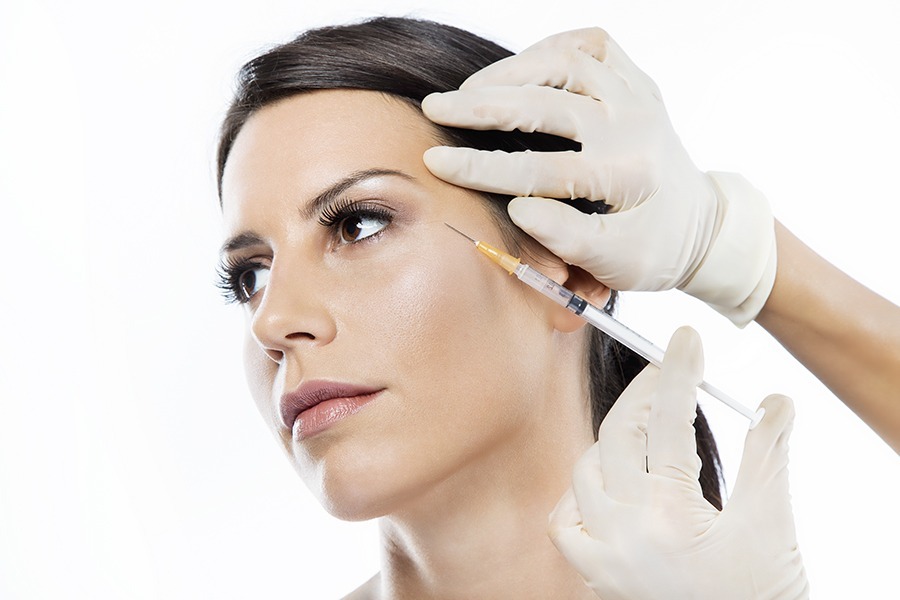In this article we look at the pros and cons of dermal fillers, which are the factors worth considering before choosing to have them?
Dermal fillers reduce the appearance of fine facial lines and wrinkles to help look and feel more youthful and personable in both social and professional settings. By replenishing hyaluronic acid, a naturally occurring component of our skin that diminishes over time due to sun exposure, environmental toxins, and the elements, dermal fillers not only make us look better but improve the health and quality of our skin.
Disadvantages of Dermal Fillers
1. The cost of dermal fillers can be high
Up first on the list is the price of dermal fillers. Though they do a great job at helping us look more youthful and attractive, they do come at a price, which can be prohibitively high for some patients.
2. Side effects such as bruising, bleeding, and swelling
Most dermal fillers use naturally-occurring components. They are fully biocompatible and produce no known long-term adverse effects. However, in the short term, dermal fillers can cause bleeding, bruising, and swelling at injection sites. To minimise these, we can suggest several preventatives and remedies, including ceasing certain medications and indirectly applying ice packs to the treatment area. On the whole, most patients find these effects very bearable, short-lived, and self-resolving.
3. Dermal fillers are not permanent
Most dermal fillers last between 6 and 18 months, with an excellent average lifespan being around 12 months. That is a long time to enjoy improvements to one’s complexion and appearance, but it isn’t permanent. To most patients, this is understandable as little else in life, particularly in diet, physique, and beauty, is permanent but requires constant attention.
4. Other Rare but Possible Cons to be Aware Of
The last disadvantages to dermal fillers are certainly worth mentioning but are extremely rare. A tiny percentage of patients may metabolise fillers much faster than others. Others may experience additional infrequent side effects, including rashes, the development of lumps under the skin, or the erroneous injection of filler into a blood vessel. Again, these are extremely rare if a qualified and experienced injector does dermal fillers.
Advantages of Dermal Fillers
1. Dermal fillers can you help you look younger and more rested
By smoothing out the lines and wrinkles and filling out the lips and cheeks, dermal fillers can help you look naturally more youthful and attractive per your definition of beauty.
2. Dermal fillers are impermanent
Something that fits into both the pros and cons of dermal fillers is that they don’t last forever. If you dislike your results or later wish to look different, dermal fillers’ effects can be reversed with another simple injection. Their impermanence also means you can adjust your results to perfection.
3. Pain is Minimal
Dermal fillers are injected into the dermis with thin surgical-grade needles. Pain is minimal, and the procedure can be made more comfortable using a topical anaesthetic applied before the dermal fillers are used. Many dermal fillers also have an anaesthetic in them.
4. Dermal fillers can help restore healthy collagen
As mentioned at the outset, our body’s natural reserves of hyaluronic acid (and its ability to replenish it) diminishes over time. Dermal fillers can stimulate further growth of additional healthy collagen, giving our skin a more youthful and healthy look.
5. Little to no recovery downtime is required
Dermal fillers are a non-surgical and minimally invasive treatment. Unlike other facial procedures, they require no downtime, and you can return to work and your social activities almost immediately.
6. Side effects are mild
The only side effects they will experience from dermal fillers are localised bruising, possible bleeding, and slight swelling for a vast majority of patients.
7. Dermal fillers can help us look young and beautiful
Carefully injected dermal fillers can make a face appear many years more youthful. They can plump up thinning lips, enhance and fill in shallow or worn areas of the face, decrease or remove wrinkles under our eyes, and reduce static wrinkles’ appearance. With a refreshed look and feel, dermal fillers give a boost to confidence and dopamine levels.

